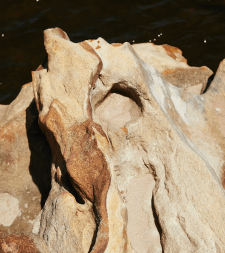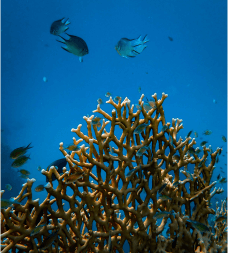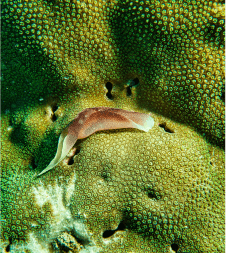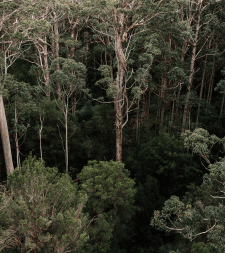Ecosystem Restoration

Efforts towards ecosystem restoration can range from school projects, such as establishing small ponds, to drain blocking on peatlands or restoring native woodlands. Restored ecosystems provide opportunities for reducing flooding, increasing pollinators, reversing biodiversity declines, enhancing tourism, improving the well-being of current and future generations and providing future resources. The resources from Living Wales can contribute significantly to restoring ecosystems, particularly as the land cover maps for Wales are generated from a diverse range of environmental descriptors. Hence, future landscapes can be planned and easily visualised under a range of scenarios, including climate, energy use and economic changes.
Ecosystem restoration projects will be essential as climatic changes, atmospheric depositions and changes in land use take effect. Several habitats in the UK are currently suffering significant biodiversity losses as a consequence of milder winters that allow an increase in the growth period of competitive grasses. This is exacerbated by high levels of atmospheric nitrogen deposition, which also seem to favour these competitive species. An extended growth period of grasses reduces the opportunities for less competitive plant species affected by shading, which in turn will result in less options for pollinators and birds. This pattern can be seen in several UK habitats, such as hay meadows, mires and reedbeds.
Sand dune systems are also vulnerable to biodiversity losses at present because the hind-dunes are stabilising faster than young habitats are being created, so year on year there is a net loss of successionally-young and species-rich dune habitat.
Photographic evidence suggests that this stabilisation process has been ongoing since at least the 1920s. At Kenfig Burrows in SE Wales, in the period from the early 1940 to 2012, the area of bare sand diminished from around 45% to only 3%. These successionally-young habitats are critical to the continued existence of two species of European importance at Kenfig: the fen orchid (Liparis loeselii) and the Petalwort (Petalophyllum ralfsii), both of which are listed on Annex II of the EU Habitats Directive. It is difficult to be certain of the degree to which different factors have contributed to the stabilisation process there but a number of factors will have been involved. These factors included 1) a reduction in the frequency of dry summer storms – which historically were responsible for creating the south Wales dune systems and for maintaining the mobility of the sand; 2) high levels of atmospheric nitrogen deposition, possibly exacerbated by the proximity of the M4 motorway and Port Talbot steelworks; 3) the introduction of myxomatosis that has had a massive impact on the local rabbit population; 4) offshore sand dredging, which will have reduced the availability of sand available for accretion; and 5) difficulties stock-proofing the site due to it being common land, making graziers reluctant to put much-needed cattle on the site.
In response to the ongoing biodiversity losses at Kenfig, in 2008, the Countryside Council for Wales, Bridgend Borough Council and Plantlife initiated a restoration project to turn the situation around. This restoration project focused on two complementary actions. Firstly the creation of a series of relatively small (c.1 ha) scrapes in carefully selected locations. These were to provide new habitat for the declining populations of plants and animals that are poor competitors and require open sand (see image above), including the fen orchid and petalwort. The second action involved creating a large rejuvenation area in the foredunes (see image above) with notches through to the beach in the hope of kick-starting sand mobility on the site. The first of these actions has proved most successful to date with the fen orchid population recovering from a low of less than 60 plants in 2012 to more than 1500 plants in 2018. The distribution of the fen orchid at Kenfig has also improved and it has now colonised 20% of the new scrapes. The only recent Petalwort record at Kenfig is also in one of the scrapes. In contrast, the rejuvenation work has not had an impact away from the disturbed area of foredunes, possibly because climatic conditions are not currently conducive to the movement of sand, i.e. the lack of dry summer storms.




